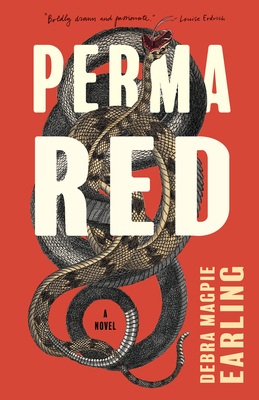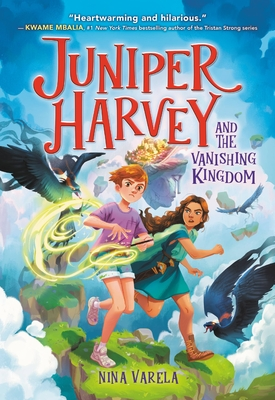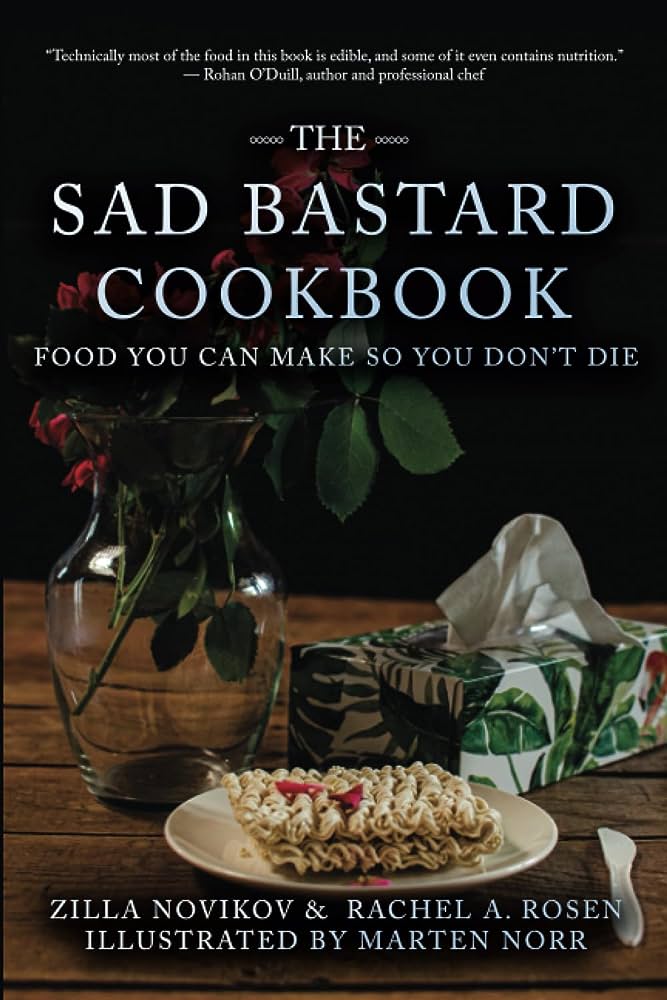I make a habit of reading Jackie Lau books when I can, and being able to read Love, Lies, & Cherry Pie as an ARC was something I just couldn’t pass up, particularly when the logline for the book is a Pride and Prejudice retelling having a good time with some tropes (Lau tends to always have more than one in her work). The tropes in question are fake dating, forced proximity, and enemies to lovers, and I think Lau did a good job with them.
Our fake daters are Emily Hung and Mark Chan. Emily’s mom has been chatting up Mark non-stop so when they finally meet at Emily’s youngest sister’s wedding she is immediately closed off to him and what he represents to her as the perfect Asian boyfriend and comes away with the impression that he thinks he’s too good for her, since she’s an author who works part time at a coffee shop to make ends meet and he’s an engineer. At their next meet cute – which Emily’s mother tricks her into – Emily suggests they get their parents off their backs by fake dating. As the kids used to say, hijinks ensue.
Fake dating has its pros and cons, but I really enjoyed Lau’s spin that her leads have to ‘real’ fake date to keep everyone believing that they are dating, and it is this forced proximity that gets Emily to reevaluate her position on just who Mark actually is. The emotional beats of the story lean hard into the characters senses of self-worth and ways in which our assumptions about others are a form of self-sabotage. The first half of the book is told exclusively from Emily’s point of view which worked well (although the end of the first half did drag a bit for me) because in a romance we care about who the characters are and why they (think) they cannot be together, Emily had lots and lots of reasons. I was excited to get Mark’s POV because as is often the case in my favorite fake dating books, he was the half of the equation who agreed to the shenanigans because he thought there was something there with Emily from the beginning.
This is a Lau book, so the Toronto and food details are excellent. As was the publishing meta commentary of Emily dealing with industry issues. Lau also name drops my favorite children’s book that I swear no one else has ever read, All-of-a-Kind Family so bonus points there.








